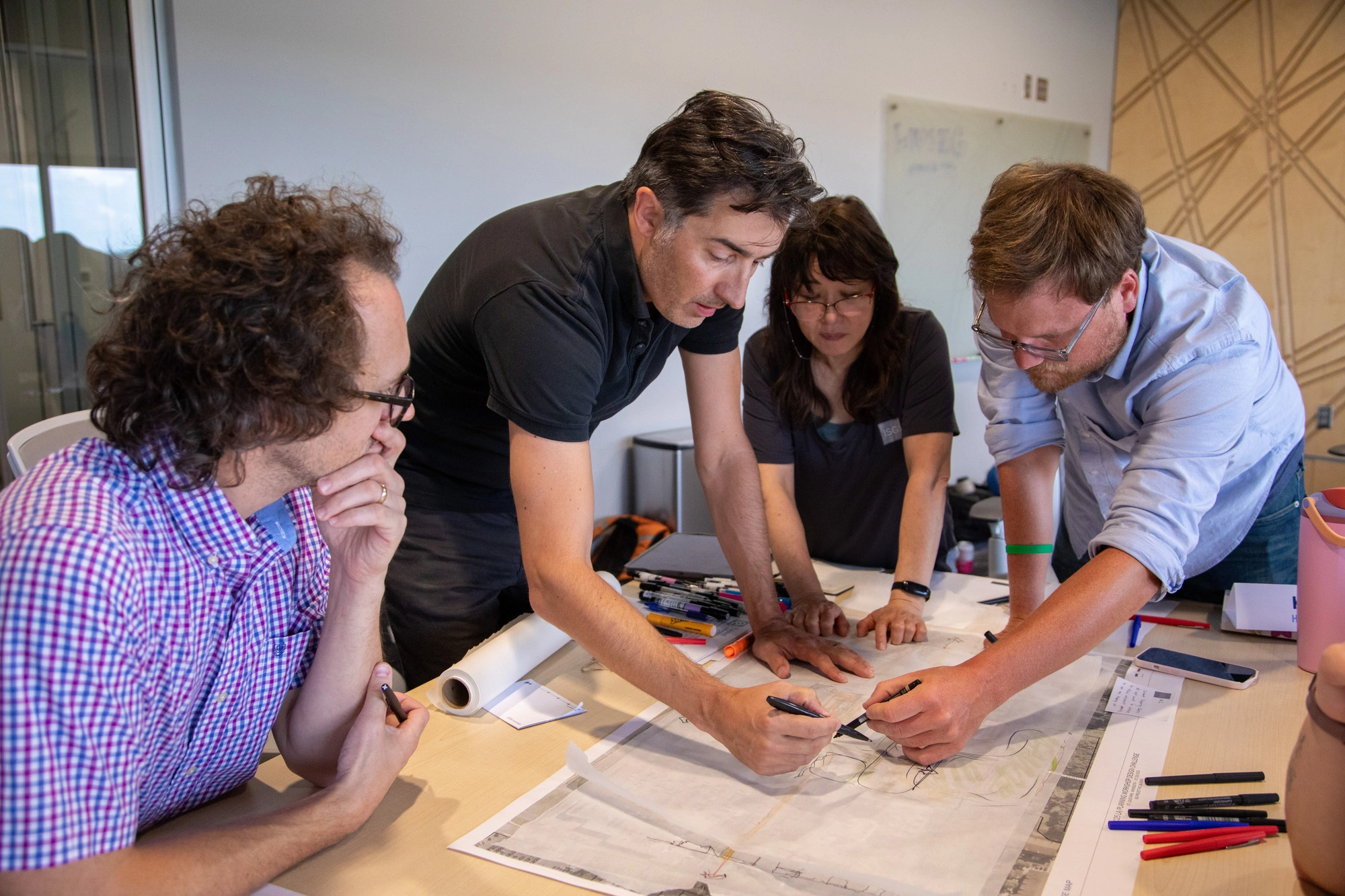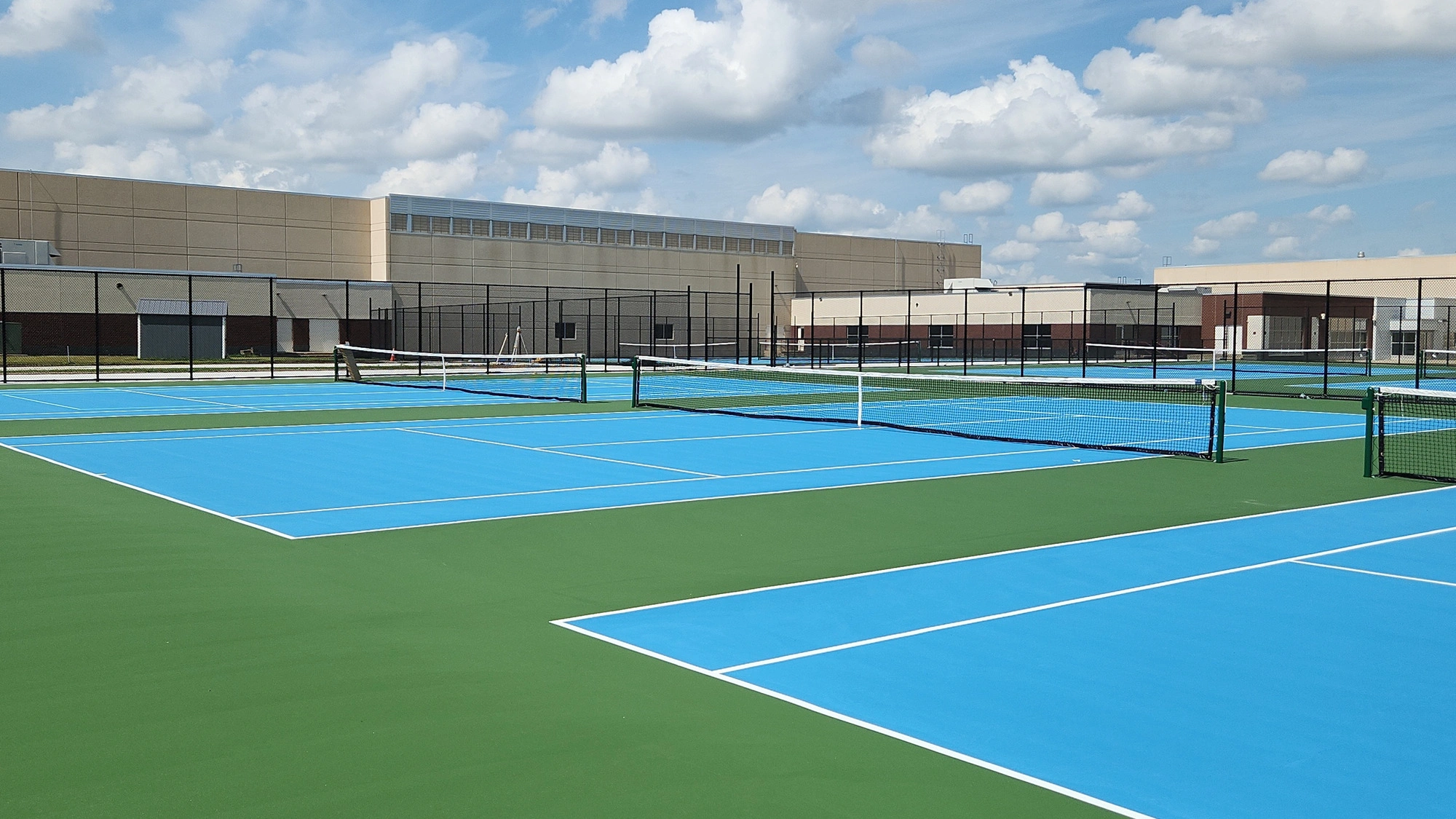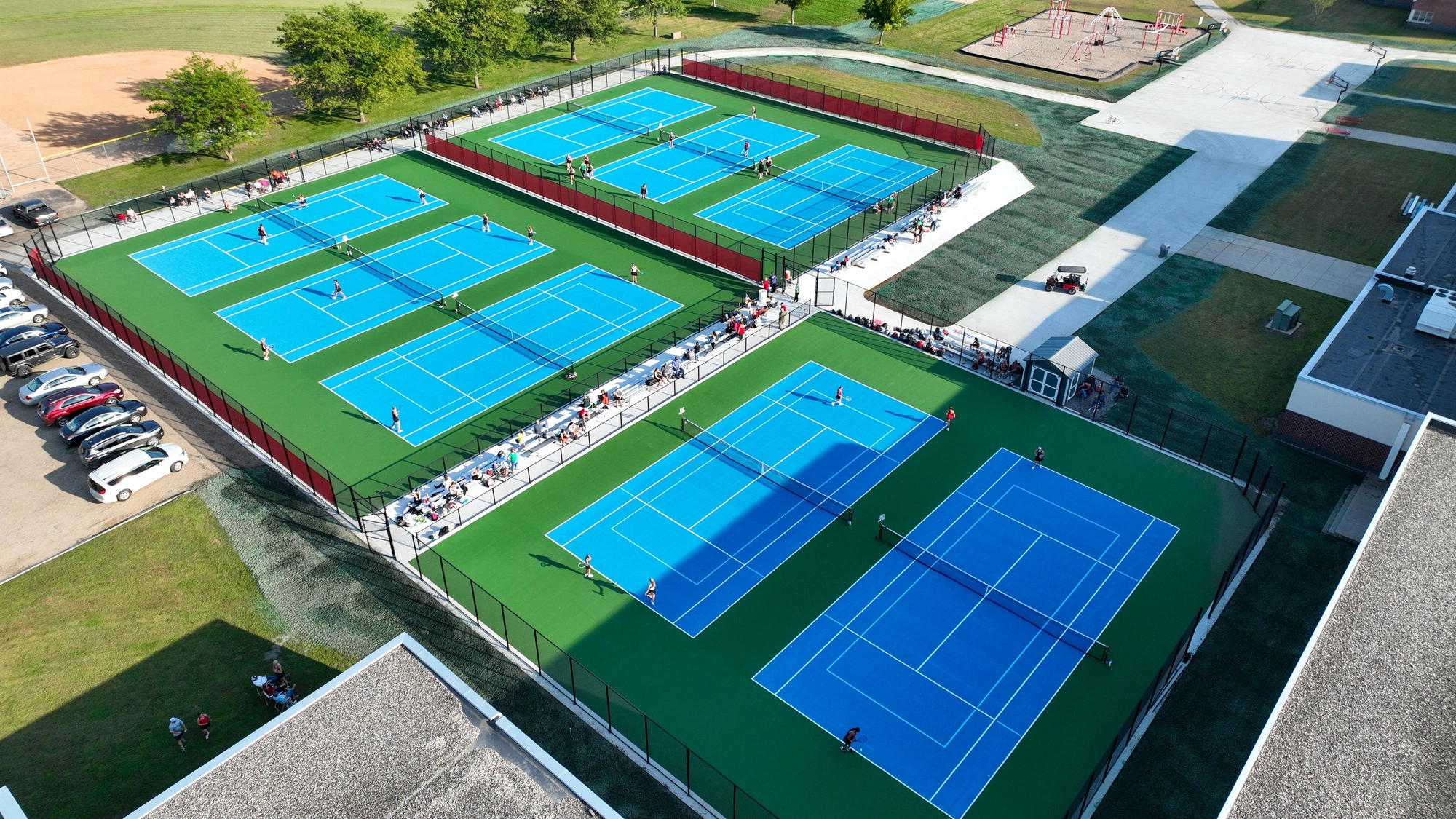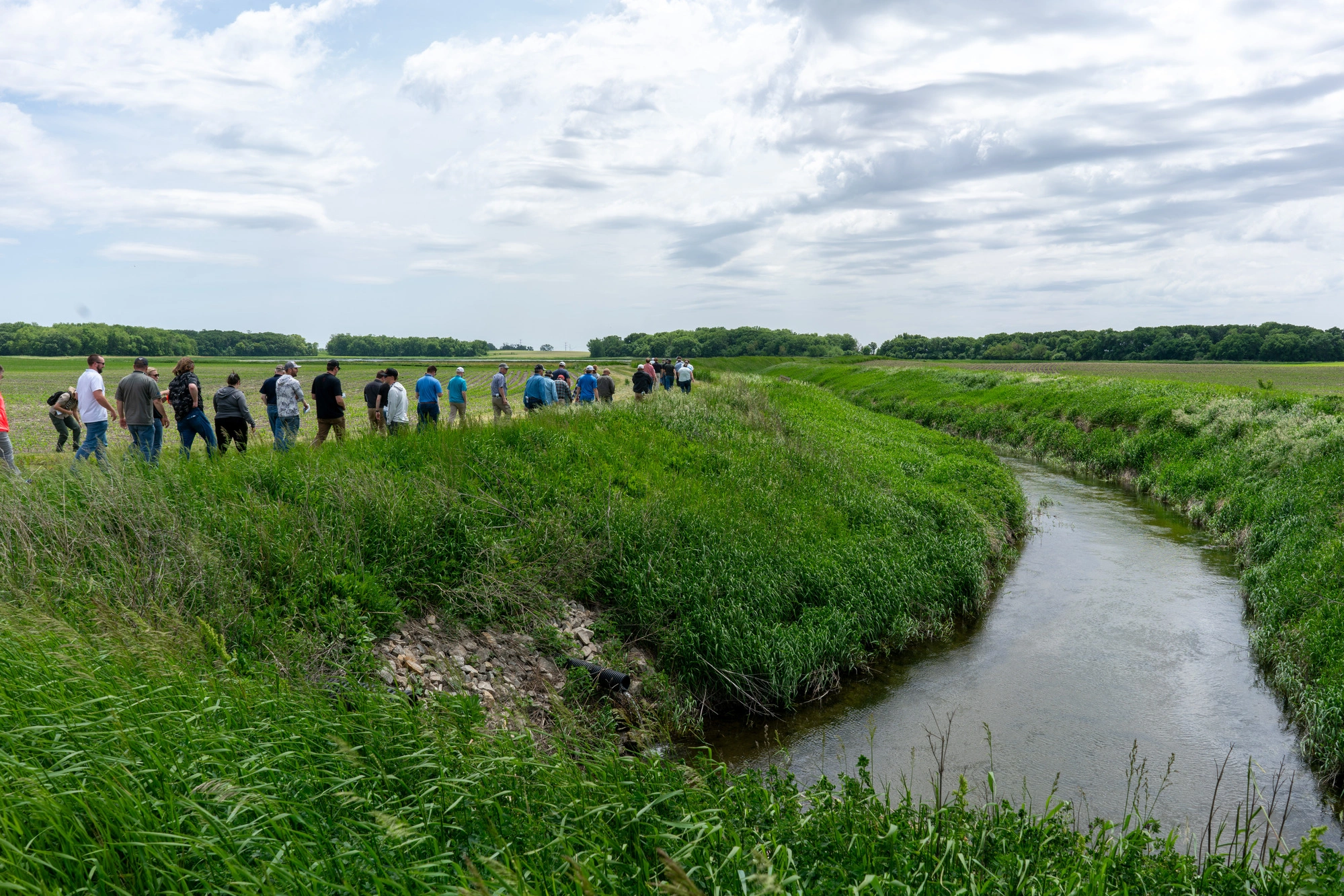Discovering Nature's Boundaries: ISG’s Wetland Delineation Investigation
Nearly every architectural and engineering project intersects with environmental landscapes, often requiring wetland delineation as a first step toward sustainable development. ISG’s environmental team offers expertise and guidance in this critical phase of project due diligence, supporting a range of diverse sectors.
Understanding Wetland Delineation
Wetland delineation, formalized by the Army Corps of Engineers in 1987, involves mapping wetland boundaries based on hydrology, vegetation, and soil characteristics. Wetlands play an important role in water filtration, flood control, and habitat preservation, necessitating accurate assessment and documentation. Identifying wetlands can be challenging to the untrained eye, but ISG’s environmental scientists use soil sampling and vegetation surveys to gather field data, distinguishing wetlands from upland areas.

Supporting Diverse Project Types
ISG's wetland delineation services span across industries, supporting diverse project types. From public works to industrial facilities and residential developments, ISG's expertise ensures seamless integration of environmental considerations into project planning and execution.
In Bloomington, Minnesota, ISG supported the planning of the South Loop Trail extension and Lower Lyndale Avenue road improvement projects, conducting comprehensive wetland delineations across 95 acres of city-owned property. This involved identifying and avoiding impacts to diverse wetland types, adhering to regulatory guidelines and compliance.
Similar due diligence was needed for the Platinum Soybean Crush Plant project in Storm Lake, Iowa for a food and industrial client. What started as environmental permitting, turned into a delineation for a greenfield site, optimizing site configuration to avoid wetland impacts and streamline the permitting timeline.
When designing Meadows Playfield’s in Plymouth, Minnesota, ISG initially proposed some impacts on sizable wetlands within the site. Innovative adjustments incorporated a bridge and retaining walls into the design to bypass wetland areas with park amenities.
In residential development projects, developers prioritize factors such as land cost, required infrastructure, and potential lot sales. This focus on maximizing lot yield can lead to oversight of natural resources. In projects like the Caslano Development in Lakeville, Minnesota, ISG integrated wetland delineation services early in the development cycle to ensure a balanced approach to client goals and ecological integrity.

A First Step in Project Planning
Wetland delineation serves as a key first step in project planning, offering insights into the presence, extent, and ecological value of wetlands within a project site. This knowledge forms the basis for informed decision-making, enabling project stakeholders to navigate environmental regulations and minimize impacts on natural habitats. It also acts as a risk management tool, mitigating legal and financial liabilities associated with potential disturbance of protected wetlands.
Completing wetland delineations early in the due diligence process is imperative to avoid costly rework and delays. By involving ISG’s Certified Wetland Professionals during site planning, project teams can optimize design processes and enhance the project's overall viability. Timing is also a factor, with delineations required to be conducted during the growing season to capture accurate soil samples and vegetation data.

Detailed Data for Informed Decision-Making
The result of wetland delineation efforts is a final report with narratives, supporting maps, data sheets, and photo logs of samples collected on-site. The appearance and organization of ISG’s reports facilitate quick and easy review and are commended for high-quality graphics and clear narrative. This resource guides project design and permitting processes, ensuring that layouts are designed around wetlands or, if necessary, initiate the process of permitting and mitigation for impacts.
Having completed over 300 wetland delineations since 2016, ISG has built trusted relationships with reviewing agencies, expediting the review and approval process. Our established quality of work, professional judgment, and reliability, demonstrated through past fieldwork reviews, minimize the need for updates or revisions to the delineated wetland boundaries. This expertise all translates to money saved for clients and streamlined project implementation.

Balancing Project Goals with Environmental Responsibility
Responsible project planning starts with understanding if your project requires a wetland delineation. By prioritizing environmental stewardship, ISG empowers clients to achieve their project goals and responsible development.
Connect with ISG's environmental team today to integrate best practices and bring your project to life— sustainably.
Related Articles

.webp)
ISG Recognized as a 2025–26 Emerging Professional Friendly Firm for the Fourth Consecutive Cycle
ISG has been honored as a 2025–26 Emerging Professional Friendly Firm by AIA chapters in North Dakota, South Dakota, Wisconsin, and Minnesota in recognition of its commitment to fair compensation, licensure support, mentorship, and growth for early-career architects.












